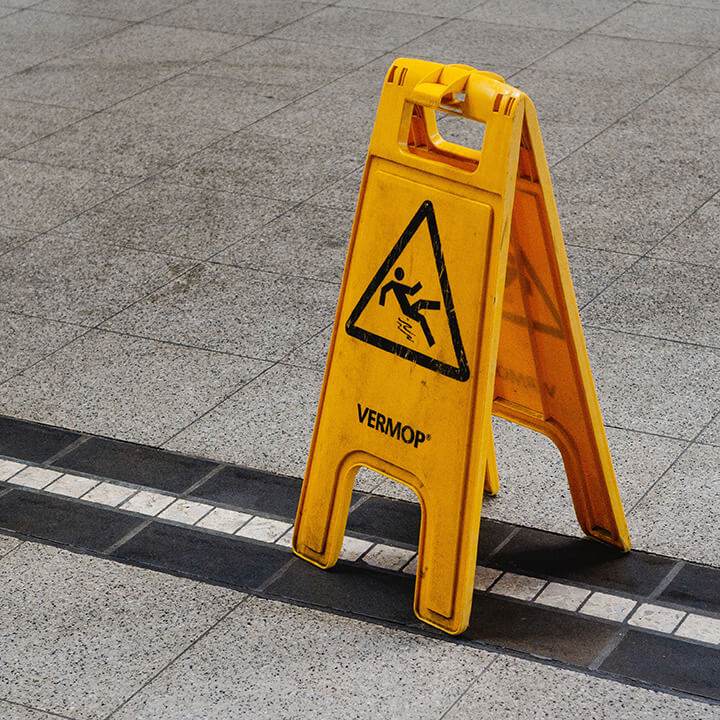Malicious falsehood claims: Important Court of Appeal decision
17th August 2022
A recent Court of Appeal decision provides important clarification on the requirement to show special damage in a claim for malicious falsehood. Walker Morris defamation specialist Jack Heward explains and offers his insights.

What happened in the case?
In George v Cannell [1] the court at first instance found that the claimant’s malicious falsehood claim failed because she had not proven that she had suffered special damage as required by common law. Special damages compensate a claimant for the quantifiable monetary losses suffered. The court at first instance also considered that the claim did not fall within the exception to show special damage provided in section 3(1) of the Defamation Act 1952 (the Act).
Section 3(1) of the Act provides:
‘In an action for slander of goods, slander of title or other malicious falsehood it shall not be necessary to allege or prove special damage:
- if the words upon which the action is found are calculated to cause pecuniary damage to the plaintiff and are published in writing or other permanent form; or
- if the said words are calculated to cause pecuniary damage to the plaintiff in respect of any office, profession, calling, trade or business held or carried on by him at the time of the publication’
The claimant appealed to the Court of Appeal.
The Court of Appeal’s decision
The Court of Appeal considered two possible interpretations of section 3(1) of the Act:
- The first was that the claimant needed to show that with the benefit of hindsight the statement probably caused them some financial loss.
- The second possible interpretation had a lower threshold so that the claimant only needed to show that the statement would probably cause them some financial loss in the ordinary course of events.
The Court of Appeal agreed with the second possible interpretation. It found that section 3(1) of the Act meant a claimant did not need to demonstrate actual monetary loss as a matter of fact. Instead, the Court of Appeal was satisfied that the claimant would only have to show that, when viewed objectively when the malicious statement was published, monetary losses would likely follow in the normal course of things. Accordingly, the Court of Appeal agreed with the claimant that her claim fell within section 3(1) of the Act.
What does this mean for malicious falsehood claims?
The Court of Appeal’s decision means that there may be a rise in the number of malicious falsehood claims being issued by prospective claimants.
Claimants can have more certainty that they now only need to meet the lower threshold of the two interpretations of section 3(1) of the Act. Previously the Act’s interpretation was open to debate as to what was required to fall within the exception.
How we can help
Walker Morris’ Commercial Dispute Resolution Team has extensive expertise in claims concerning defamation and related actions. Please contact Jack if you have any queries or need advice or assistance.
[1] Fiona George v (1) Linda Cannell (2) LCA Jobs Limited, [2022] EWCA Civ 1067








